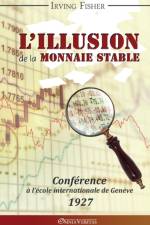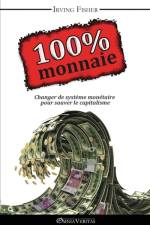- Rules for Healthful Living Based on Modern Science
av Irving Fisher & Eugene Lyman Fisk
377
Irving Fisher's interest in public health was the result of a bout with tuberculosis, after which he wrote "How to Live: Rules for Healthful Living Based on Modern Science". In his foreword to the book, former president and then-future Chief Justice William Howard Taft wrote that there were many "considerations that have influenced me to cooperate with the life extension movement, and to commend this volume to the earnest consideration of all who desire authoritative guidance in improving their own physical condition or in making effective the knowledge now available for bringing health and happiness to our people." To do that, the authors present chapters on the air, food, poisons, activities, and general hygiene, followed by sections dealing with being overweight or underweight, alcohol, posture, and tobacco -- and even how to avoid colds. Irving Fisher was a top American economist in the early 20th century who earned the first Ph.D. in economics awarded by Yale University, where he also taught political economy. He was an accomplished mathematician and an engaging and talented writer on even the most technical of subjects whose investigations ranged beyond economics to encompass astronomy, health and hygiene, mechanics, philosophy, poetry, science, and myriad public policy issues. Dr. Eugene Lyman Fisk was the chairman of the Life Extension Institute, under whose auspices this book was published.









